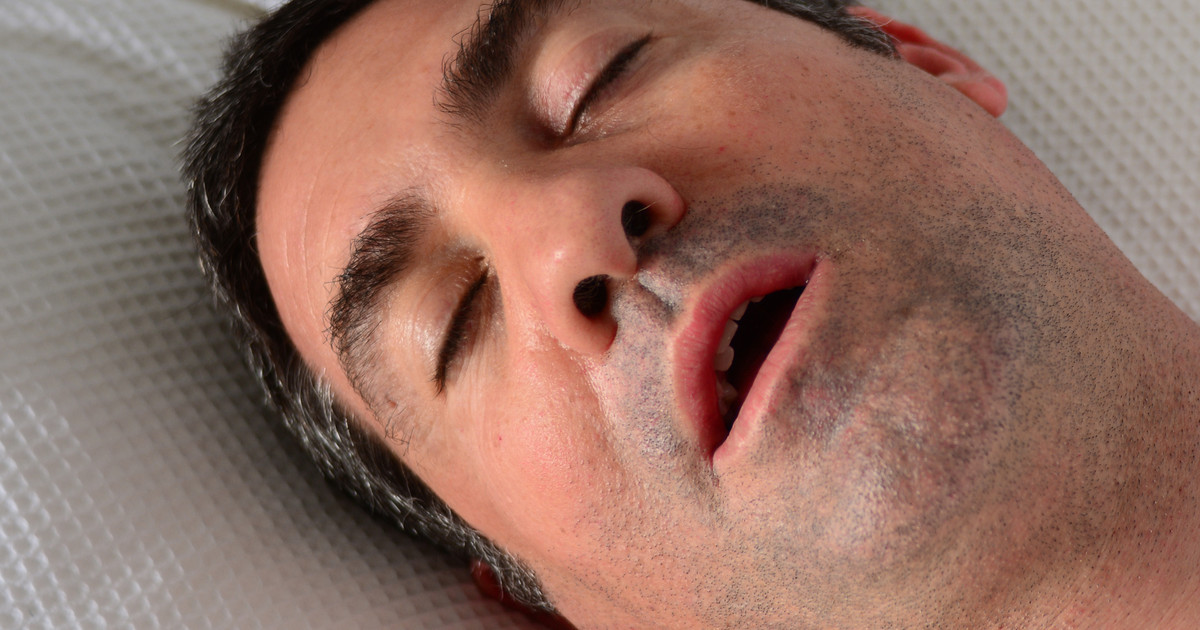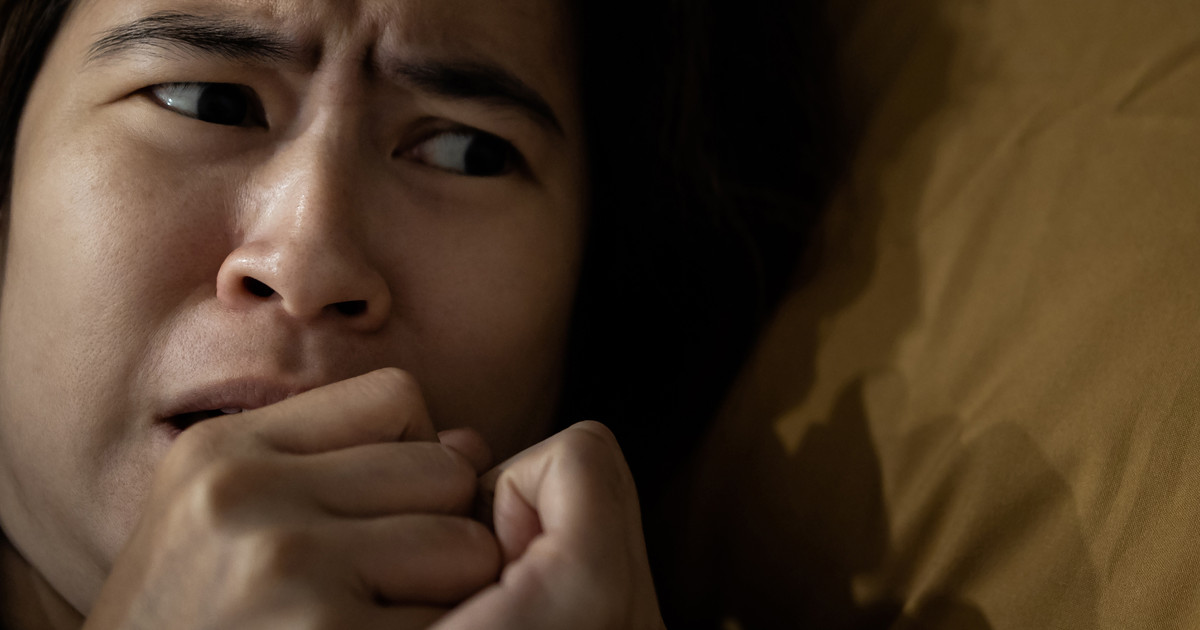Guide To The Symptoms Linked To Sleep Paralysis
Difficulty Breathing

In sleep paralysis, adrenaline is pounding through the patient's body, forcing their heart and breathing to speed up. The chemical sends blood hurtling to their extremities, giving them the strength and endurance to fight their enemy or attempt to run away. However, in this condition, their body is still unable to move. The patient's breathing and heart rate have increased as if they are running a marathon, but they are at a standstill. Naturally, this causes the patient to feel as if their heart is beating through their chest. They often feel that they cannot breathe or are at least having difficulty breathing. Their chest is still not expanding the way it should either, as it is still immobile. Thus, their lungs cannot expand as far as they should.
Sleep Hallucinations

Many sleep paralysis patients have visual, auditory, or olfactory hallucinations. Researchers know that these hallucinations are associated with the neurological imbalance that causes the paralysis in the first place. However, it is unclear how they are linked. Some experts think that as the patient's body switches from non-rapid eye movement sleep to rapid eye movement sleep or vice versa, a part of their brain is still dreaming. This dream, mixed with being unable to move, suddenly becomes a terrifying nightmare. Other researchers attribute the hallucinations purely to the adrenaline, fear, and lack of movement on the nervous system. Their frightened system is merely throwing anything at their body to see if it can rouse it.
